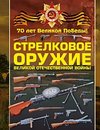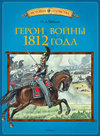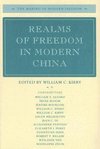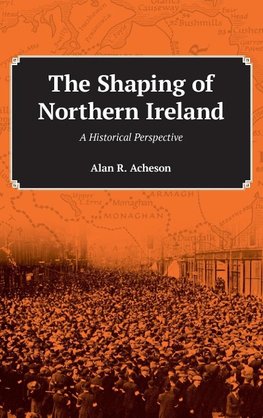
-
 Anglický jazyk
Anglický jazyk
The Shaping of Northern Ireland
Autor: Alan R. Acheson
The riots that erupted in Northern Ireland in 1969 and thirty years of ensuing violence ensured worldwide interest in Britain's Irish province. That interest drove a sustained quest into Ulster's past, shared by artists, historians and the media. It provoked... Viac o knihe
Na objednávku
54.63 €
bežná cena: 60.70 €
O knihe
The riots that erupted in Northern Ireland in 1969 and thirty years of ensuing violence ensured worldwide interest in Britain's Irish province. That interest drove a sustained quest into Ulster's past, shared by artists, historians and the media. It provoked questions: why had Northern Ireland been excluded, and Ireland thereby partitioned, when the Irish Free State attained Dominion status in 1922? In what did Northern distinctiveness consist: was it economic, religious or national? Instant histories in 1969-72 and scholarly writing since sought answers; this book has a similar purpose. It identifies the myths that distort understanding of history, explores the centuries from the Plantation of Ulster to partition, the settlement of English and Scots, their shared siege mentality and capacity for survival, their security under the Union of 1801 that both had initially opposed, and their creation of a major industrial complex centred on Belfast that formed a triangle with the Mersey and the Clyde. It analyses, too, Ulster Unionist opposition from 1886 to Home Rule, and in great depth the crisis of 1912-14, determined by both Ulster's Covenant and Volunteer Force, directed by Sir Edward Carson, and dramatized in both the Government's failed attempt to coerce the Ulstermen, and the Army's 'Mutiny' at the Curragh. The pulsating decade from 1914 is thoroughly explored: the impact of Easter Rising and Somme in 1916, Lloyd George's persistent attempts to find a settlement for both North and South, the Anglo-Irish War and subsequent Treaty, the creation of Northern Ireland and the opening of its Parliament by King George V in 1921, and the interaction between the two states of Ireland, culminating in the amicable agreement over their boundaries in 1925. The part played by the King, General Smuts, and Winston Churchill in shaping both Irish states, much undervalued by historians generally, is a feature of the book.
The writing of history, however objectively intended, tends to the myopic or selective. Thus the focus on constitutional and political matters in nineteenth-century Ireland has detracted from critical evaluation of those determinant and symbiotic influences in Ireland, revolutionary nationalism and the Catholic Church, their passion for freedom from alien domination, and their partitionist tendency; and conversely analysis of the fearful perception by the Ulster Protestant community of the future of an Ireland so driven is inadequate. Specifically, many historians are prone to undervalue the English component in the Ulster tradition, ignore the Church of Ireland and a unique source provided (from 1871) in the Journals of its General Synod, of especial value in critical years between 1886 and 1914. The Times, too, is curiously ignored in 1912-14; it supported the loyalist stand. These deficiencies have notably been addressed by historians overseas. They are taken up in Northern Ireland: A Historical Perspective. The purpose of the book, primarily, is to make the case historically for Northern Ireland, in point of its right to self-determination, its ethos, and its enduring viability as a British province. That, and an attempt sympathetically to understand the shaping of modern Ireland, as well as that of Northern Ireland.
- Vydavateľstvo: Acheson publications
- Rok vydania: 2017
- Formát: Hardback
- Rozmer: 240 x 161 mm
- Jazyk: Anglický jazyk
- ISBN: 9780995928022
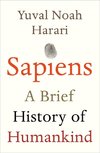
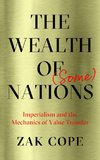
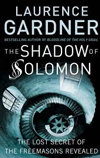


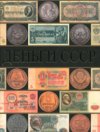
 Ruský jazyk
Ruský jazyk 
